What is Sciatic Nerve Pain?
Sciatic nerve pain usually begins in the lower back and can travel through the hips and down one leg, causing inflammation and numbness. Those who suffer from sciatic nerve pain often describe their symptoms as sharp burning sensations or like jolts of electricity.
This kind of pain can make many aspects of life more challenging including mobility, social life and work life, to name a few. Considering how invasive this kind of pain can be in your daily life, finding ways to manage it effectively over the long term is crucial. Coming up with a daily pain management routine for sciatic nerve pain can help you continue living your life and doing the things you love while keeping nerve pain out of the way!
To get started, discover 7 of our recommended pain relief techniques and stretches for those dealing with sciatic nerve pain.
1. Stretch the Hamstrings
While exercise may be the last thing on your mind when pain strikes, stretching and exercising the painful areas as part of your daily routine can help manage your pain more effectively and get you moving again.
A simple yet effective stretch involves stretching out the hamstrings. Regularly begin your day with 10-15 minutes of stretching to ease sciatic nerve pain.
Start by trying the Resting Pigeon Pose:
1. Begin on all fours. Outstretch your right leg behind you so that it is parallel to your mat. Bend your left knee and flatten the outside of your left thigh to the ground. Your left foot should be in front of your right hip.
2. Lower both hips to the floor and place your hands alongside your hips. Hold for 2-4 breaths.
3. Walk your arms forwards and stretch over your front leg until your forehead rests on the floor. Breath into the sensations as you stretch your hips and spine. 4. Take 4 breaths, release, and repeat on the other side.
2. Sleep With a Support Pillow
If you wake up in the morning already in pain, it may be time to address your sleeping position. There are many different ways to sleep with sciatica and feel rested, it’s just a matter of finding the right solution for you.
Try sleeping with a supportive pillow between your legs to reduce stress on your back and hamstrings; this can also help stabilize your pelvis to reduce twisting, which can often bring about a flare of pain.
4. Alternate Hot and Cold
5. Use TENS Therapy
TENS (Transcutaneous Electrical Nerve Stimulation) is a versatile pain therapy that you can find in DR-HO’S devices including the
Pain Therapy System 4-Pad. It works to deliver gentle electric currents through the nervous system to prevent pain signals from reaching the brain, thus helping those dealing with sciatic nerve pain find the temporary pain relief they're looking for, whenever and wherever they need it.
It’s important to have a device on hand that you can rely on for fast-acting, temporary relief. While TENS can’t address the underlying condition, it can be a meaningful sciatic nerve pain remedy that helps you get back to your normal activities and lifestyle.
Learn more about TENS here:
Good posture and back support are key in preventing aggravation of the sciatic nerve. With proper back support, you can ensure the spine is correctly aligned and is not putting pressure on discs, joints and nerves. Always ensure you have the right back support to align both your buttocks and lower back into an ergonomic position when seated.
Practice proper posture when seated with your feet situated on the ground and your torso upright at a 90-degree angle. Position any materials or screens at eye levels so that you can keep your head straight. In an ergonomic position, your arms should be able to lie flat on a table in front of you.
When in doubt, talk to your doctor.
Keep your preferred healthcare provider updated on new techniques and home remedies you're trying every step of the way. With an open mind and the motivation to find a reliable pain management routine, you have everything you need to start your journey towards a life with less pain!







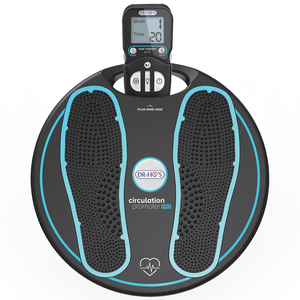
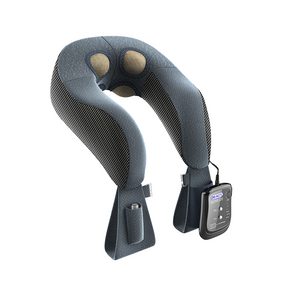
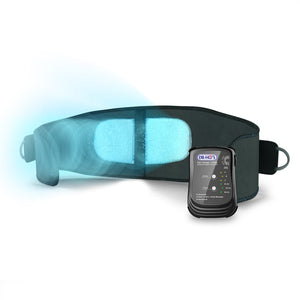
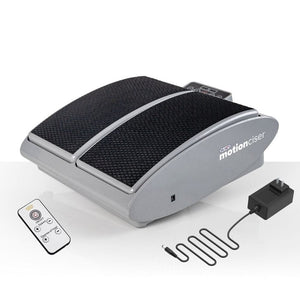
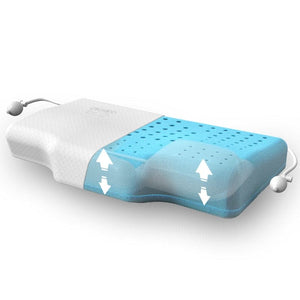
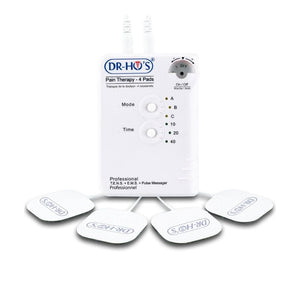
![7 Natural Pain Relief Techniques & Stretches for Sciatic Nerve Pain [Updated for 2021]](http://drhonow.com/cdn/shop/articles/sciaticablog_1.png?v=1684507887)